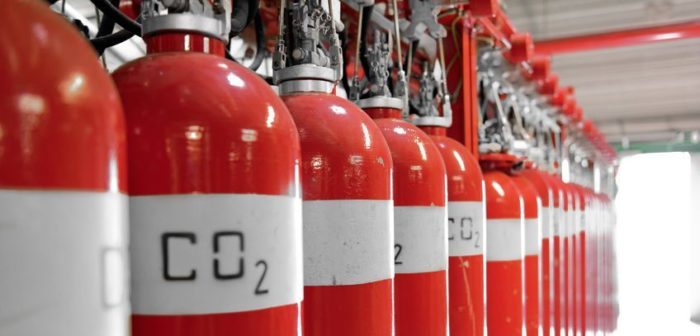Hong Kong MARDEP shared the findings of a serious fire accident, which took place onboard the accommodation of a Hong Kong registered bulk carrier whilst at anchorage. The investigation showed that the fire was most probably caused by a faulty electrical device or its accessories in a crew cabin, which led to a short circuit with the heat and sparks igniting the materials placed beside it.
The incident
The vessel was at anchorage, when a fire broke out in an unattended cabin of the vessel at night. A laptop computer was being charged in the cabin, and the electric source also supplied power for the lighting and refrigerator.
The crew tried to put out the fire, but to no avail. All crew mustered at amidships of the vessel. The fire died down by itself about five hours later.
As a result, the accommodation on D deck and the bridge wings of the vessel were seriously damaged. There was no personal injury or oil pollution.
Probable causes
The investigation revealed that the fire was most probably caused by short circuit of a faulty electrical device or its accessories which left unattended in the cabin when being charged.
The main contributory factors leading to extensive damage were as follows:
- The crew’s response to the fire was far from satisfactory. They neither possessed necessary firefighting knowledge and skill to extinguish the fire nor utilized the firefighting system onboard in an effective manner. In particular, the crew did not use the water firefighting system to suppress the fire at an early stage; and
- The reset of fire pumps that had control cables passing the fire scene to the bridge was not proficient. As a result, the emergency fire pump could not be used to combat the fire after the blackout.
Safety issues
The investigation also revealed the following safety issues:
- The crew’s last fire drill was ineffective and some action points were not taken in the accident;
- No watch on the bridge was maintained after the fire detection alarm was confirmed; and
- Ineffective implementation of shipboard safety management system.
Lessons Learned
It is important that all crew should be conversant with and able to strictly follow the requirements and procedures of the Safety Management System, in particular the followings:
- the procedures related to firefighting and evacuation drills and training in order to ensure that the crew would use all the available firefighting equipment onboard especially during emergency, the officers would provide assistance / supervision when there is an imminent need to enter cabin or space with fire with great caution;
- the procedures of isolating power supply to or via the fire scene of the accommodation area, as well as the procedures of resetting the fire pumps and other electrical controls;
- the procedures related to firefighting and evacuation in order to ensure that they are applicable to the ship and navigational watch arrangements of the bridge; and
- the procedures of carrying lifesaving equipment in the course of evacuation for the crew’s strict compliance.




























































